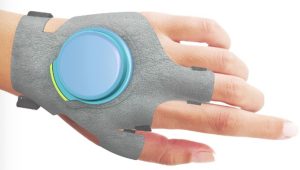College is an expensive proposition and costs vary widely, from public to private universities.
According to the College Board, in-state students in a public four-year college can expect to pay about $9,500 per year; out of state students pay approximately $24,000. A private four-year college, costs about $33,000, as of 2016 for tuition and fees. That doesn’t include housing, books, food, and incidentals.
Preparing for this expense can be daunting for parents, but one option is the 529 plan. This is a type of savings and investment plan, which has been around since the late 1990s.
There are two types of 529 plans. The first is a prepaid tuition plan, which can be used to purchase 1-4 years of tuition, and when a student reaches college age, pays out at the tuition rates at the time of purchase. The second is a college savings plan.
With the college savings plan, there are a variety of ways to invest the funds. Account earnings are based on how investments perform. This type of plan is available in 49 states and Washington D.C.
The College Board notes that the published price and the “net” price of college often differ greatly. So you may not have to save as much. Some investment professionals suggest that families save about 25 percent of what their child’s education will cost
There’s another aspect that could bring a college tuition bill to a lower-than-expected level: tax credits. The IRS offers the American Opportunity Tax Credit, up to $2,500. Student loan interest can bring a deduction of as much as $2,500.
Funds in a 529 plan can be used for a variety of college-related costs. These include tuition, room and board, computers and supplies, even food. A word of warning: look at what the school would charge, because that is the limit of what is considered a qualified expense for spending 529 plan funds.








































